Home>Technology>Security & Surveillance>How To Get A Key For A Door Lock
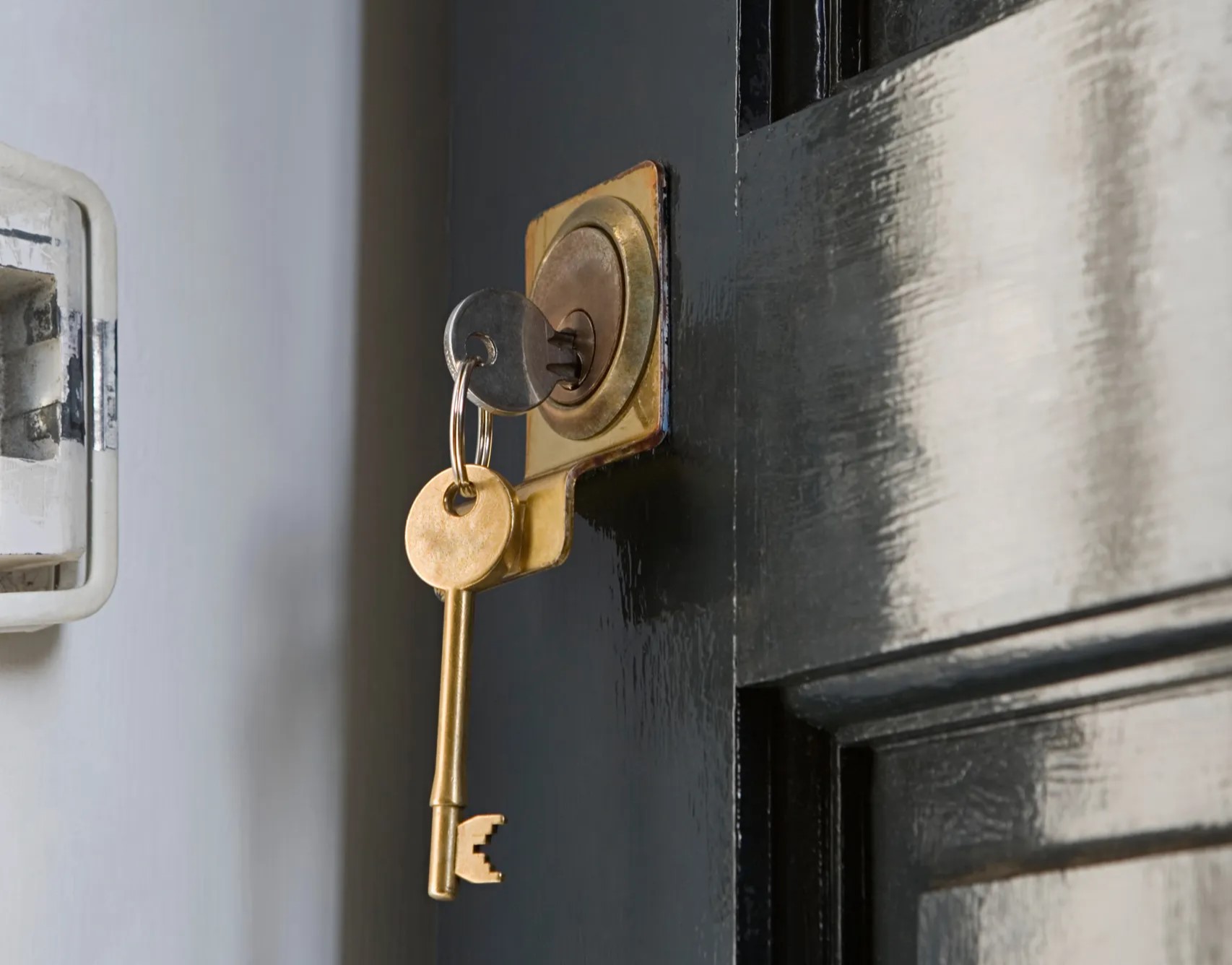

Security & Surveillance
How To Get A Key For A Door Lock
Modified: January 5, 2024
Learn how to obtain a key for your door lock and enhance your security with our comprehensive guide. Find out more about security and surveillance.
(Many of the links in this article redirect to a specific reviewed product. Your purchase of these products through affiliate links helps to generate commission for Storables.com, at no extra cost. Learn more)
**
Introduction
**
When it comes to the security of our homes and businesses, door locks play a crucial role in safeguarding our valuable assets and providing peace of mind. Whether it's a traditional keyed lock or a cutting-edge smart lock, having the means to access your property is essential. In this guide, we will explore the different types of door locks and provide step-by-step instructions on obtaining a key for both traditional and smart locks. Additionally, we will discuss the importance of finding a reliable and professional locksmith to assist with your lock and key needs. By the end of this article, you will have a comprehensive understanding of how to acquire a key for various types of door locks, empowering you to make informed decisions regarding the security of your property. Let's delve into the world of door locks and keys, ensuring that you are equipped with the knowledge to keep your spaces safe and secure.
Key Takeaways:
- Understanding the different types of door locks and how to obtain keys for traditional and smart locks is crucial for securing homes and businesses.
- Professional locksmiths play a vital role in key cutting and rekeying for traditional locks, as well as in managing digital access for smart locks.
Read more: How To Lock A Door With A Key
Understanding Different Types of Door Locks
Before delving into the specifics of obtaining keys for different types of door locks, it’s important to understand the various categories of locks commonly used in residential and commercial settings. By familiarizing yourself with these different types, you can better appreciate the unique characteristics and functionalities of each, ultimately guiding your decision-making process when it comes to acquiring keys.
1. Traditional Keyed Locks: These locks are the most common and recognizable type, typically requiring a physical key to unlock and secure the door. They come in various configurations, including single-cylinder deadbolts, double-cylinder deadbolts, and knob locks. Traditional keyed locks have been a staple in the realm of security for centuries, offering a reliable and straightforward means of access control.
2. Smart Locks: In recent years, smart locks have revolutionized the way we secure our properties. These innovative locks utilize technology such as Bluetooth, Wi-Fi, or biometric authentication to grant access. Smart locks can be operated and monitored remotely via smartphone apps, and they often feature advanced security features such as activity logs and temporary access codes. Understanding how smart locks function is crucial for obtaining keys or access credentials in case of loss or system malfunctions.
3. Keyless Entry Systems: While not traditional locks in the physical sense, keyless entry systems, such as electronic keypads or card readers, are increasingly popular in both residential and commercial environments. These systems eliminate the need for physical keys altogether, relying on numerical codes or access cards for entry. Knowing how to obtain or reset access codes and cards is essential for maintaining control over these keyless entry systems.
By familiarizing yourself with these different types of door locks, you can gain a deeper understanding of the mechanisms involved and the potential methods for obtaining keys or access credentials. Whether it’s a traditional keyed lock, a smart lock, or a keyless entry system, each type presents unique considerations when it comes to key acquisition and security management.
Steps to Get a Key for a Traditional Keyed Lock
Acquiring a key for a traditional keyed lock involves several straightforward steps, ensuring that you have a reliable means of access to your property. Whether you’ve misplaced your key or require additional copies for family members or trusted individuals, the process of obtaining a new key is relatively simple. Here’s a comprehensive guide to help you navigate the key acquisition process for a traditional keyed lock:
- Identify the Type of Key: Traditional keyed locks typically use standard pin tumbler keys, which come in various configurations and keyway designs. It’s essential to identify the specific key type associated with your lock to ensure compatibility and accuracy when obtaining a new key.
- Contact a Professional Locksmith: To obtain a new key for your traditional lock, reach out to a reputable locksmith with experience in key cutting and lock rekeying. A skilled locksmith can assess your lock, determine the keyway type, and create a precise duplicate key that fits seamlessly into the lock mechanism.
- Provide Necessary Information: When engaging the services of a locksmith, be prepared to provide essential information about your lock, such as the brand, model, and any unique identifiers. This information assists the locksmith in selecting the correct key blank and ensuring that the new key aligns perfectly with the lock’s internal components.
- Verify Ownership or Authorization: In situations where key duplication is requested for security purposes, such as in a commercial setting, the locksmith may require proof of ownership or authorization to create additional keys. This step is crucial for maintaining the integrity of the lock and preventing unauthorized key duplication.
- Test the New Key: Once the locksmith has cut the new key, test it in the lock to ensure smooth operation and proper engagement. The key should turn effortlessly and retract the bolt or latch without resistance. Conducting a thorough test ensures that the new key functions flawlessly, providing reliable access to the secured space.
- Obtain Multiple Copies: If needed, request multiple copies of the new key to accommodate various users or as spare keys for emergency situations. Having extra copies on hand can prevent lockouts and facilitate seamless access for authorized individuals.
By following these steps and enlisting the expertise of a professional locksmith, you can obtain a new key for your traditional keyed lock with ease and precision. Whether it’s for residential, commercial, or institutional purposes, having a reliable key ensures that you can access your property securely and conveniently.
If you need a key for a door lock, contact a locksmith to have a new key made. Be prepared to provide proof of ownership or authorization to access the lock.
Steps to Get a Key for a Smart Lock
Acquiring a key for a smart lock, which often operates without a traditional physical key, involves a distinct set of steps compared to traditional keyed locks. Smart locks utilize advanced technology and digital credentials for access, making the process of obtaining a key a unique endeavor. Whether you’re setting up a new smart lock or need to provide access to authorized individuals, understanding the steps for obtaining a key or access credentials is essential. Here’s a comprehensive guide to help you navigate the key acquisition process for a smart lock:
- Access the Smart Lock System: If you’re setting up a new smart lock, follow the manufacturer’s instructions to access the lock’s system, typically through a smartphone app or web interface. This initial step allows you to configure and manage access credentials, including digital keys, PIN codes, or access tokens.
- Create Digital Keys or Access Codes: Within the smart lock system, create digital keys or access codes for authorized users. These digital credentials serve as virtual keys, allowing individuals to unlock the smart lock using their smartphones, key fobs, or assigned PIN codes. Ensure that each user’s digital key is securely generated and distributed within the smart lock’s platform.
- Share Digital Keys Securely: Once digital keys or access codes are created, securely share them with authorized individuals through the smart lock’s designated sharing features. This may involve sending invitations via email or text, prompting recipients to accept and install the digital key on their mobile devices or access the PIN code for entry.
- Manage and Monitor Access: Utilize the smart lock system’s management capabilities to monitor and manage access permissions. This includes revoking or modifying digital keys, setting access schedules, and receiving activity logs to track entry and exit events. Regularly review and update access permissions to maintain security and control over the smart lock system.
- Recovery and Backup Plans: In the event of a lost or compromised digital key, establish recovery and backup plans within the smart lock system. This may involve designating backup administrators, implementing secondary authentication methods, or having contingency measures to regain access in unforeseen circumstances.
- Professional Assistance: If you encounter technical challenges or require specialized assistance with the smart lock system, consider consulting a professional locksmith or the smart lock manufacturer’s support team. These experts can provide guidance on key recovery, system troubleshooting, and optimizing the smart lock’s security features.
By following these steps and leveraging the capabilities of a smart lock system, you can effectively manage and distribute digital keys or access credentials, ensuring secure and convenient access to your property. Whether it’s a residential smart lock, a commercial access control system, or a smart lock integrated with other IoT devices, understanding the key acquisition process is paramount for maintaining a robust and efficient security infrastructure.
Finding a Professional Locksmith
When it comes to obtaining keys for traditional locks, addressing lock-related issues, or seeking expert guidance on security matters, finding a reputable and professional locksmith is paramount. A skilled locksmith possesses the expertise, tools, and ethical standards necessary to address your lock and key needs effectively. Whether you require key cutting, lock rekeying, or security consultations, the process of finding a reliable locksmith involves several key considerations. Here’s a comprehensive guide to help you navigate the process of finding a professional locksmith:
- Research and Referrals: Begin by conducting thorough research on local locksmiths and seeking recommendations from trusted sources, such as friends, family, or neighbors. Online reviews and testimonials can also provide valuable insights into the professionalism and quality of service offered by locksmiths in your area.
- Licensing and Credentials: Verify that the locksmith holds the necessary licenses, certifications, and insurance coverage required by your state or region. Licensed locksmiths undergo training and adhere to industry standards, instilling confidence in their ability to handle your lock and key requirements competently.
- Specialized Services: Assess the locksmith’s range of services to ensure they align with your specific needs. Whether you require key duplication, lock installation, access control system maintenance, or emergency lockout assistance, choosing a locksmith with diverse expertise can cater to various security-related scenarios.
- Transparent Pricing and Estimates: Request transparent pricing information and written estimates from the locksmith before engaging their services. A reputable locksmith provides clear and detailed cost breakdowns, ensuring that you have full visibility into the expenses associated with key cutting, lock rekeying, or any other services required.
- Emergency Response Capability: Inquire about the locksmith’s availability for emergency situations, such as lockouts or security breaches. A reliable locksmith offers prompt and responsive emergency services, demonstrating a commitment to safeguarding your property and addressing urgent security concerns.
- Professionalism and Ethics: Evaluate the locksmith’s professionalism, demeanor, and adherence to ethical practices. A reputable locksmith prioritizes customer satisfaction, respects your privacy and security, and operates with integrity when handling your lock and key requirements.
- Warranty and Guarantees: Inquire about any warranties or guarantees provided for the locksmith’s services and products. A trustworthy locksmith stands behind their workmanship and offers assurances that instill confidence in the durability and reliability of the keys, locks, or security solutions they provide.
By considering these factors and conducting thorough due diligence, you can identify a professional locksmith who meets your security needs with proficiency and integrity. Whether it’s for routine key cutting, lock rekeying, or comprehensive security consultations, a reliable locksmith serves as a valuable partner in enhancing the safety and protection of your property.
Read more: How To Lock Key Fob Door
Conclusion
As we conclude our exploration of obtaining keys for different types of door locks, it’s evident that the security landscape continues to evolve, offering a diverse array of lock and key solutions to meet the needs of modern homeowners and businesses. Whether it’s the timeless reliability of traditional keyed locks or the cutting-edge convenience of smart locks and keyless entry systems, the process of acquiring keys involves a blend of traditional craftsmanship and technological innovation. By understanding the nuances of obtaining keys for various lock types and enlisting the expertise of professional locksmiths, individuals and organizations can fortify their properties with robust and reliable security measures.
Key takeaways from this guide include the importance of:
- Understanding the different types of door locks and their respective key acquisition processes.
- Recognizing the nuances of obtaining keys for traditional keyed locks, including the role of professional locksmiths in key cutting and rekeying.
- Navigating the unique steps involved in acquiring digital keys and access credentials for smart locks, emphasizing the management and security aspects of digital access.
- Identifying the qualities of a professional locksmith, including licensing, expertise, transparency, and ethical standards.
Ultimately, the quest for obtaining keys for door locks is an integral aspect of property security, encompassing both practical considerations and technological advancements. By embracing the insights shared in this guide, individuals and businesses can empower themselves to make informed decisions regarding key acquisition, lock maintenance, and overall security strategies. Whether it’s ensuring access control for residential properties, safeguarding sensitive areas in commercial settings, or enhancing the convenience and efficiency of keyless entry systems, the knowledge and resources provided here serve as a valuable foundation for securing and protecting valuable assets.
As you embark on your journey to acquire keys for your door locks, may you do so with confidence and foresight, knowing that the security of your spaces is fortified by the expertise of professional locksmiths and the advancements in lock and key technologies.
Frequently Asked Questions about How To Get A Key For A Door Lock
Was this page helpful?
At Storables.com, we guarantee accurate and reliable information. Our content, validated by Expert Board Contributors, is crafted following stringent Editorial Policies. We're committed to providing you with well-researched, expert-backed insights for all your informational needs.
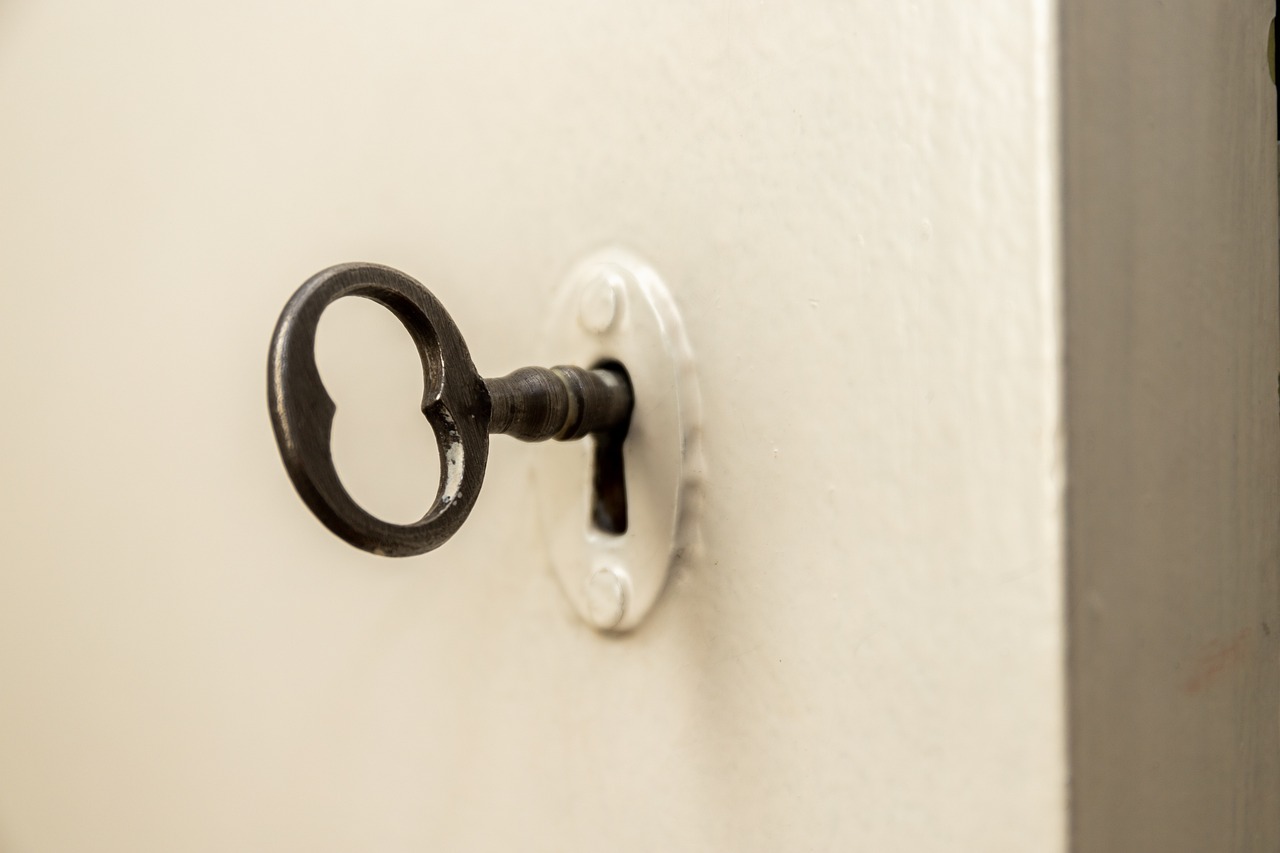
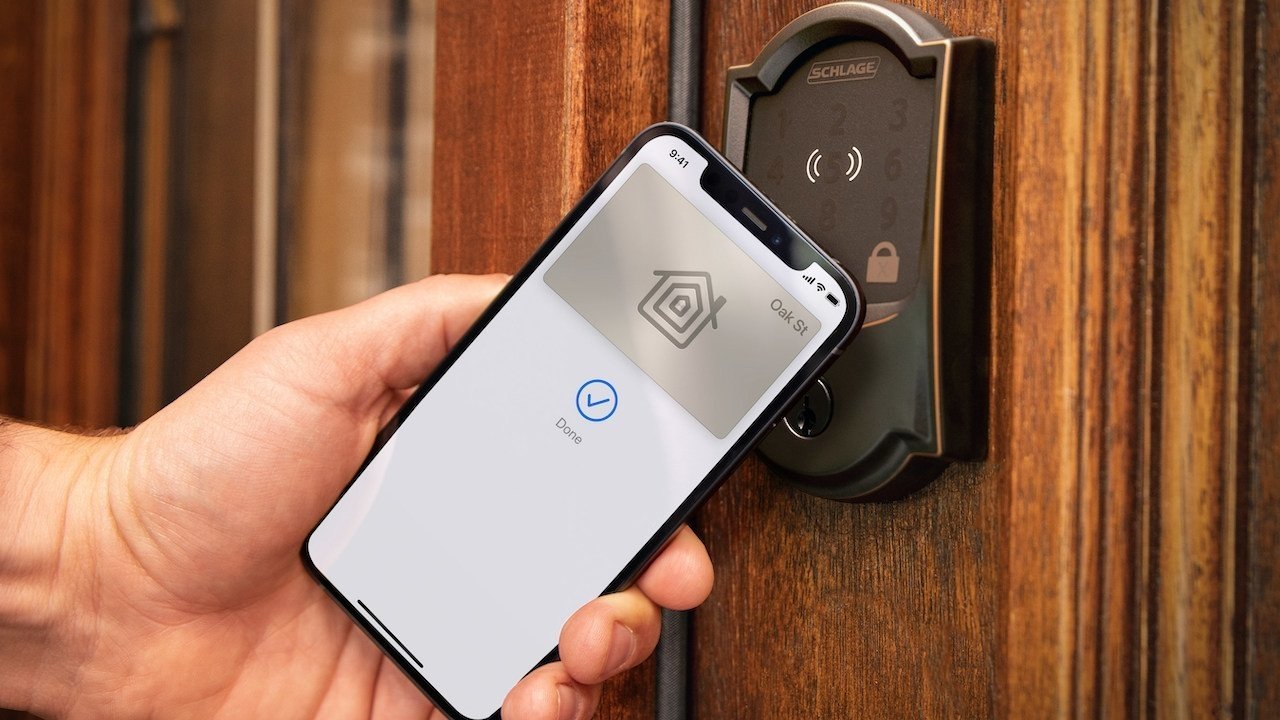
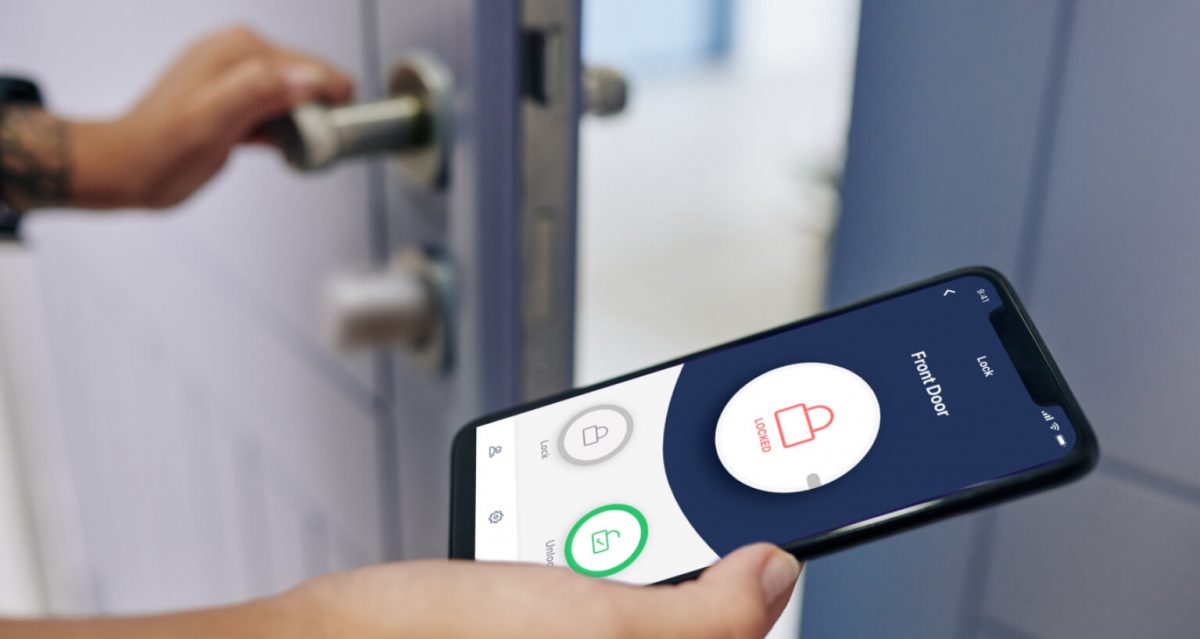
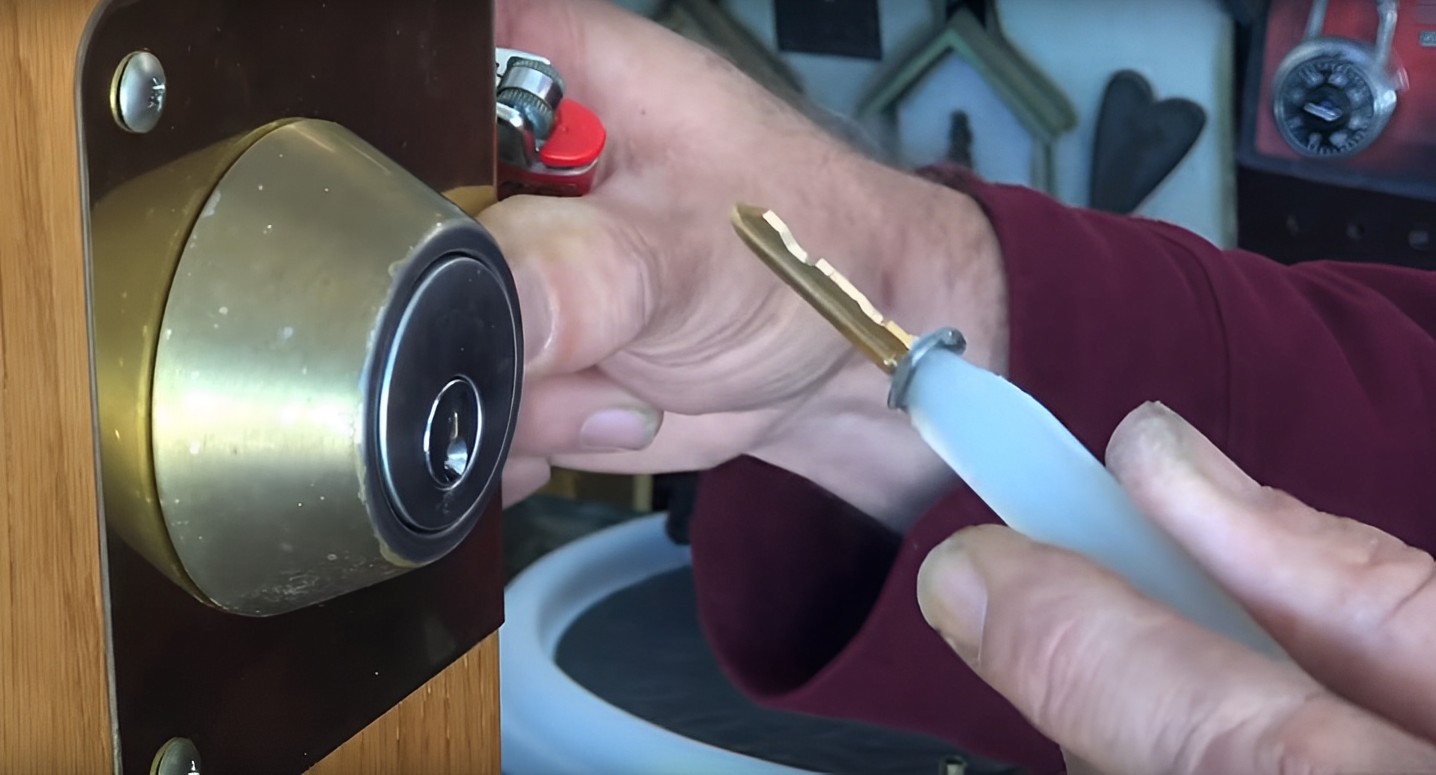
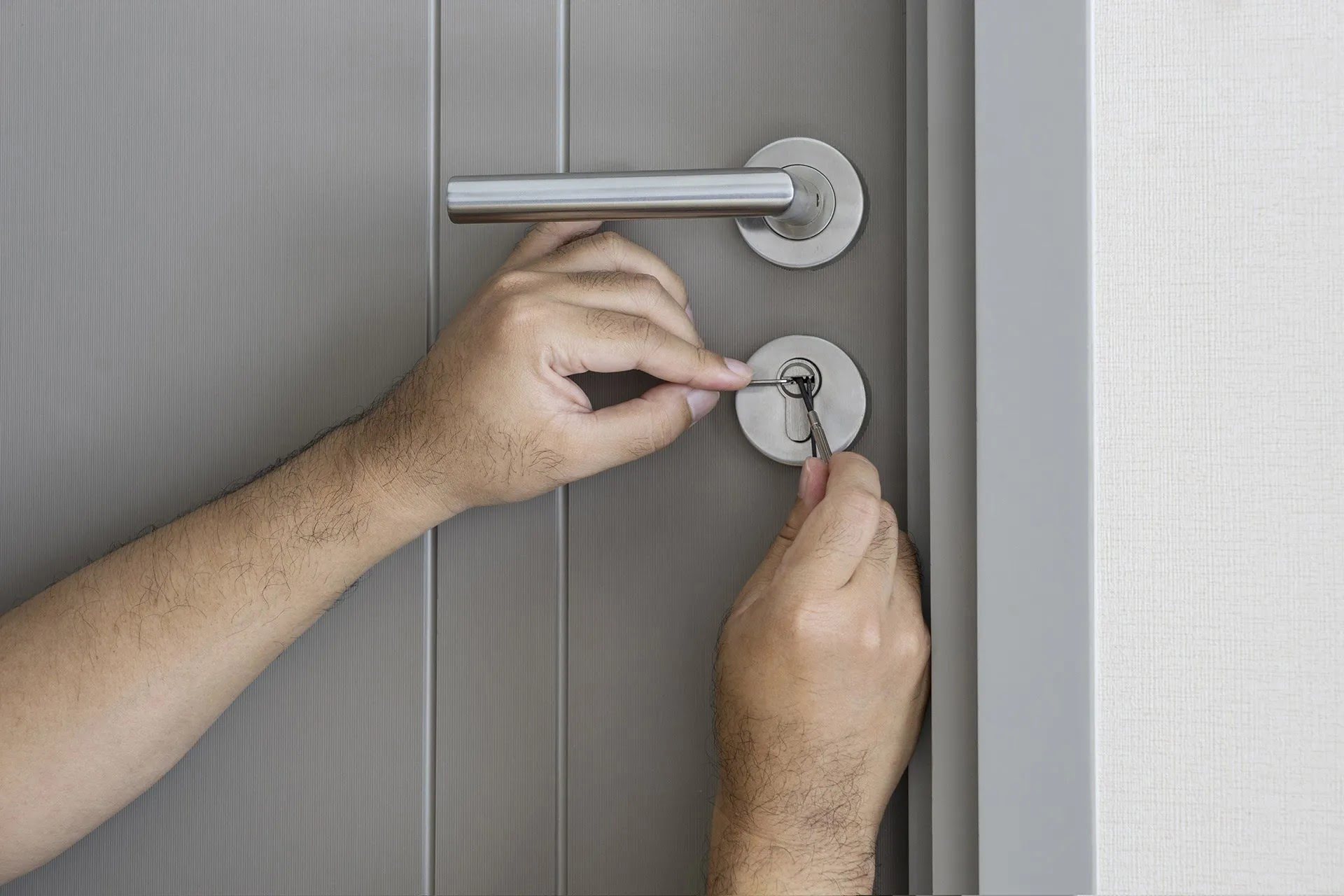
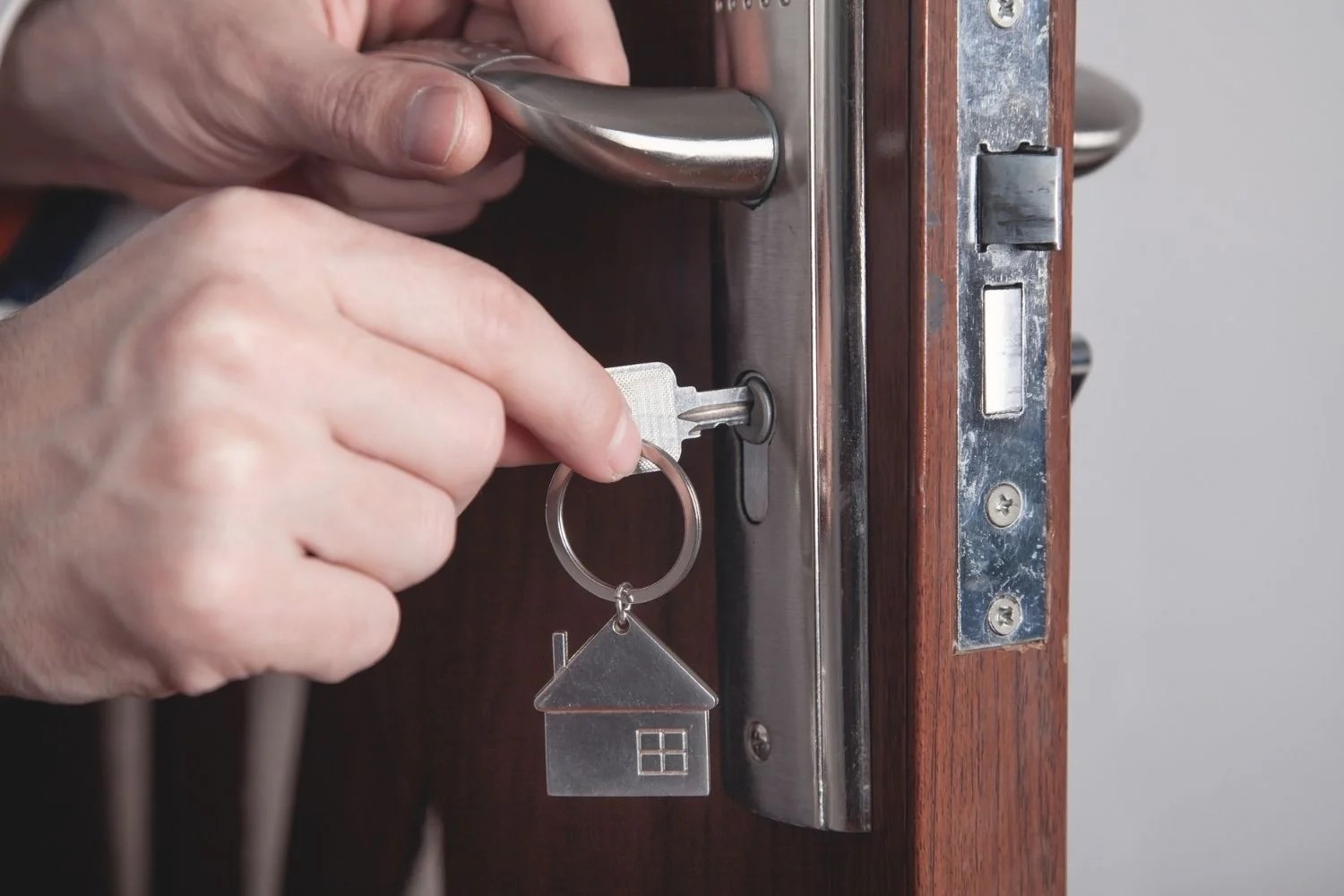
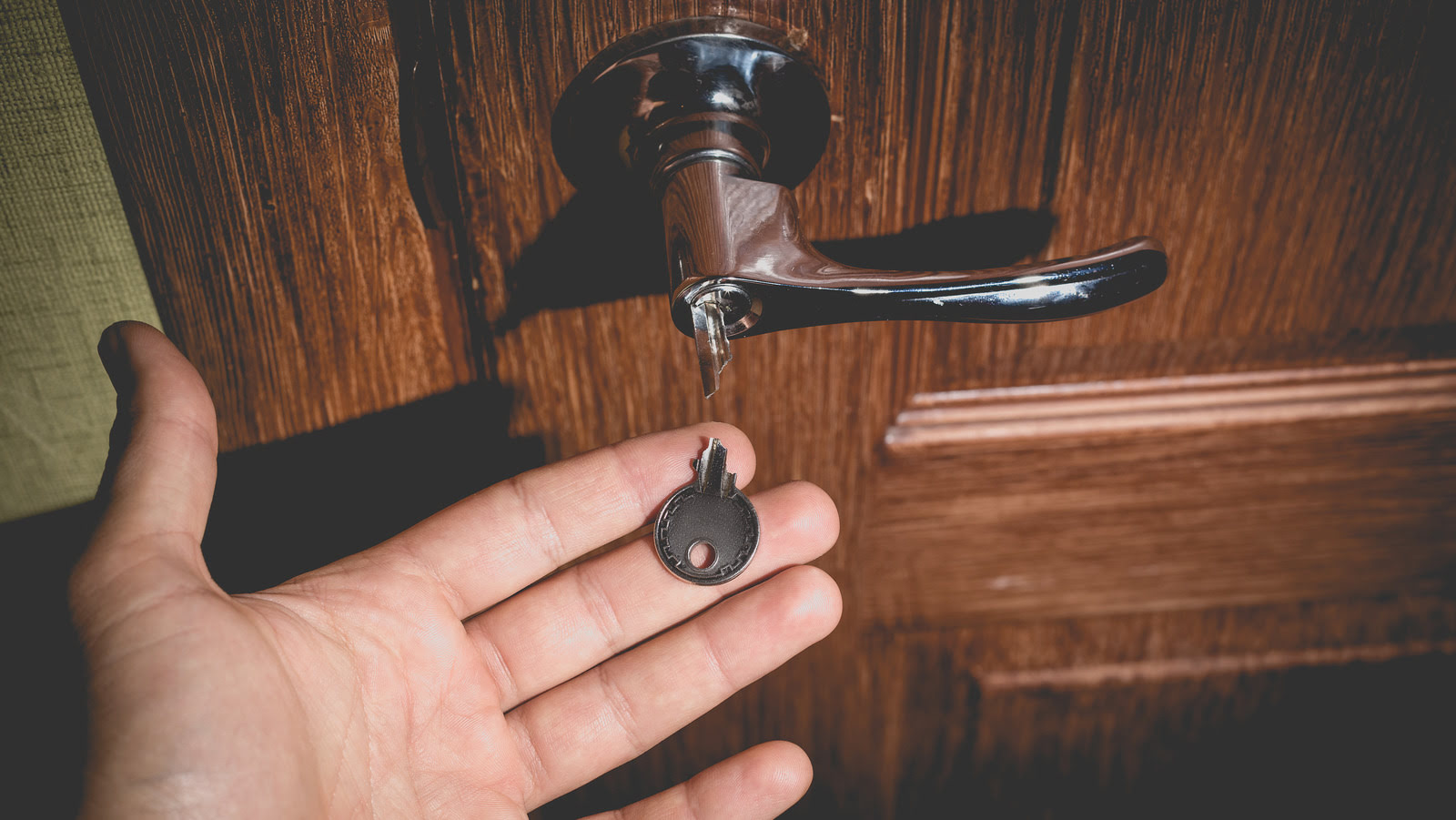
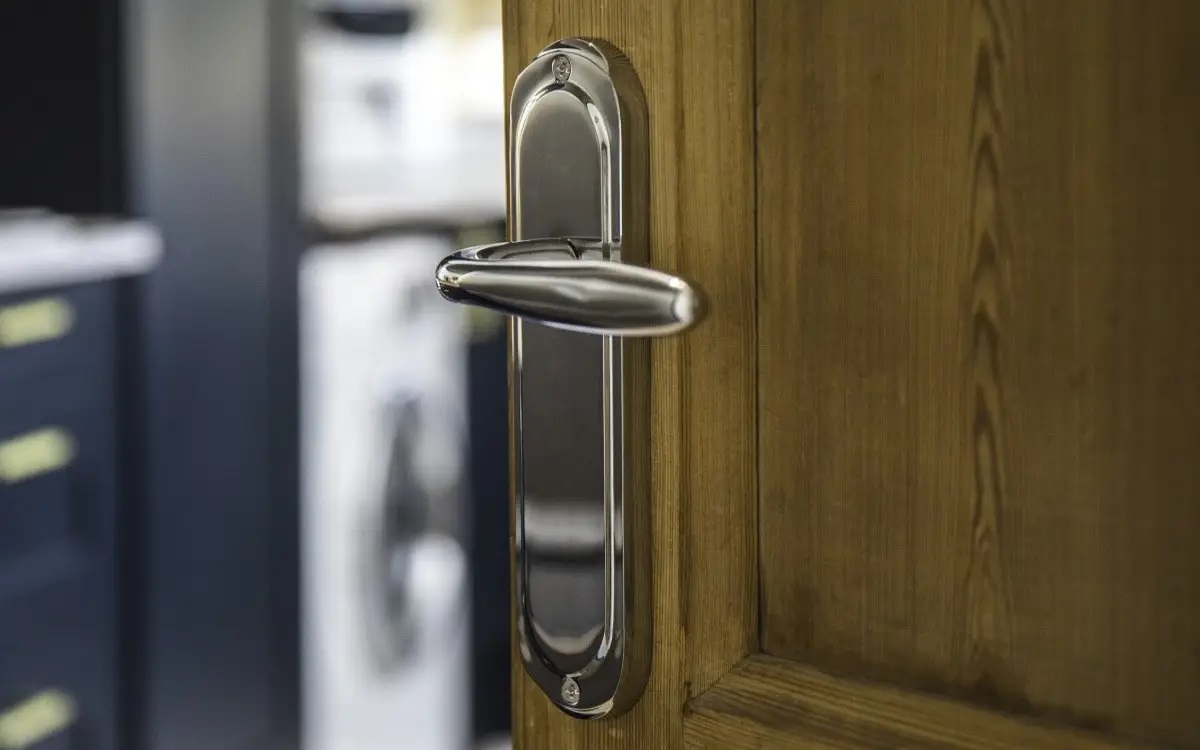
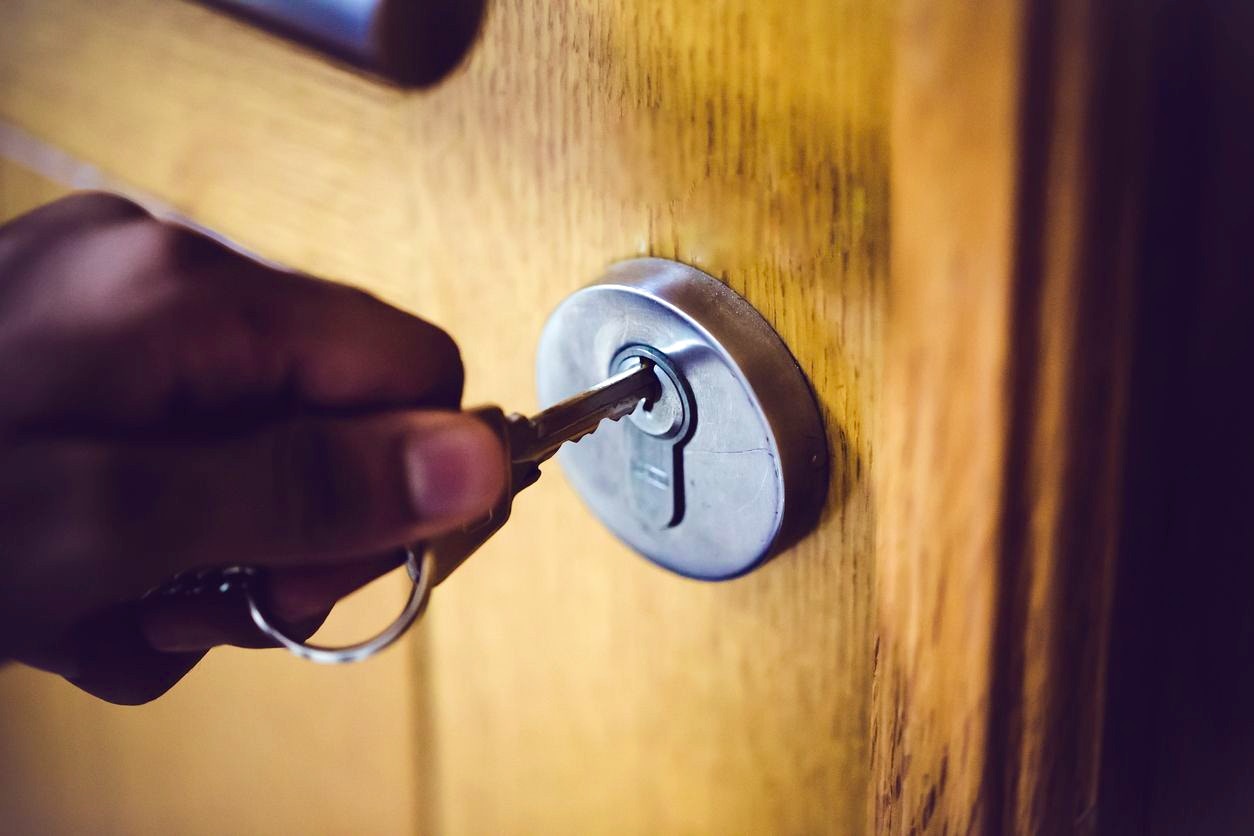
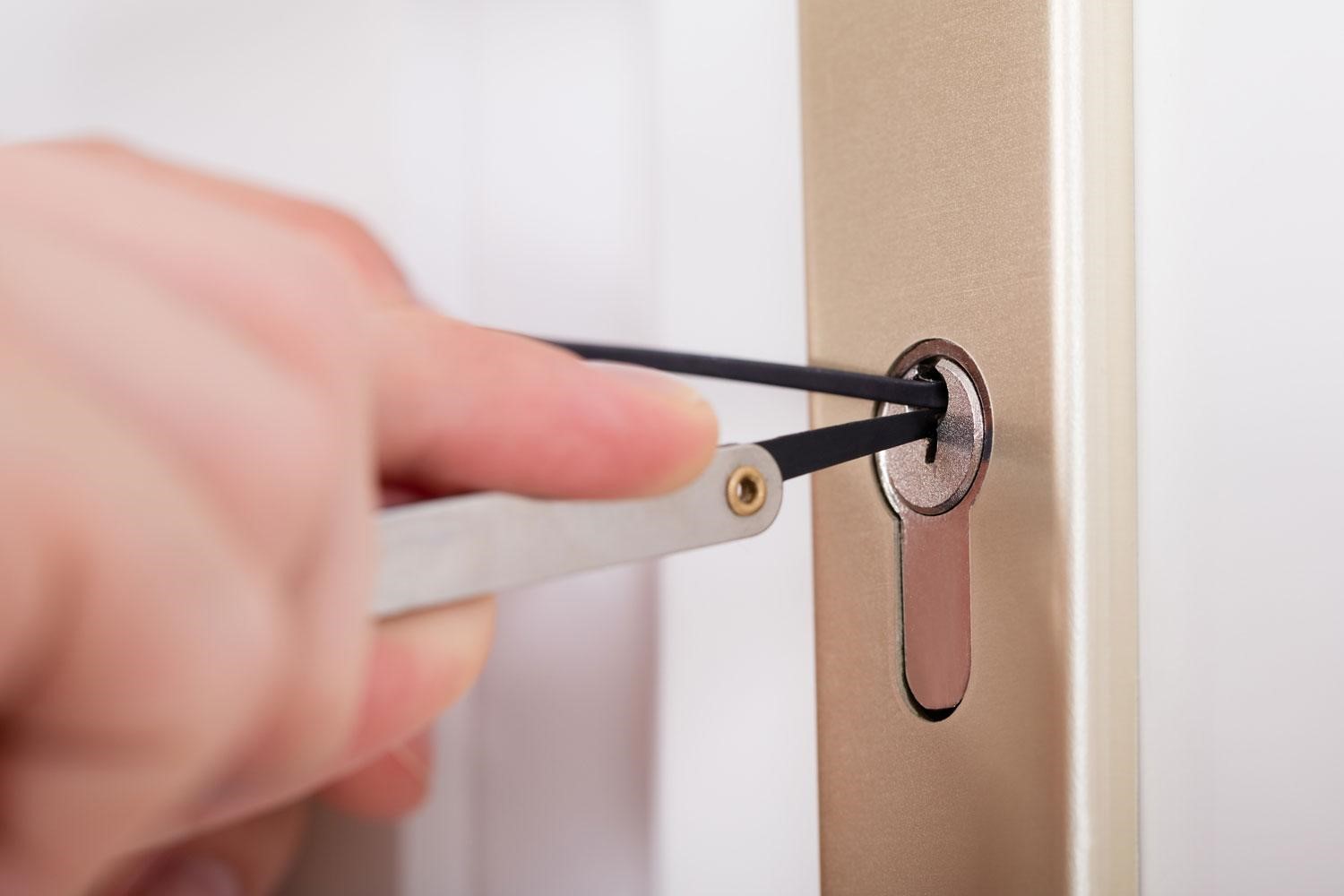
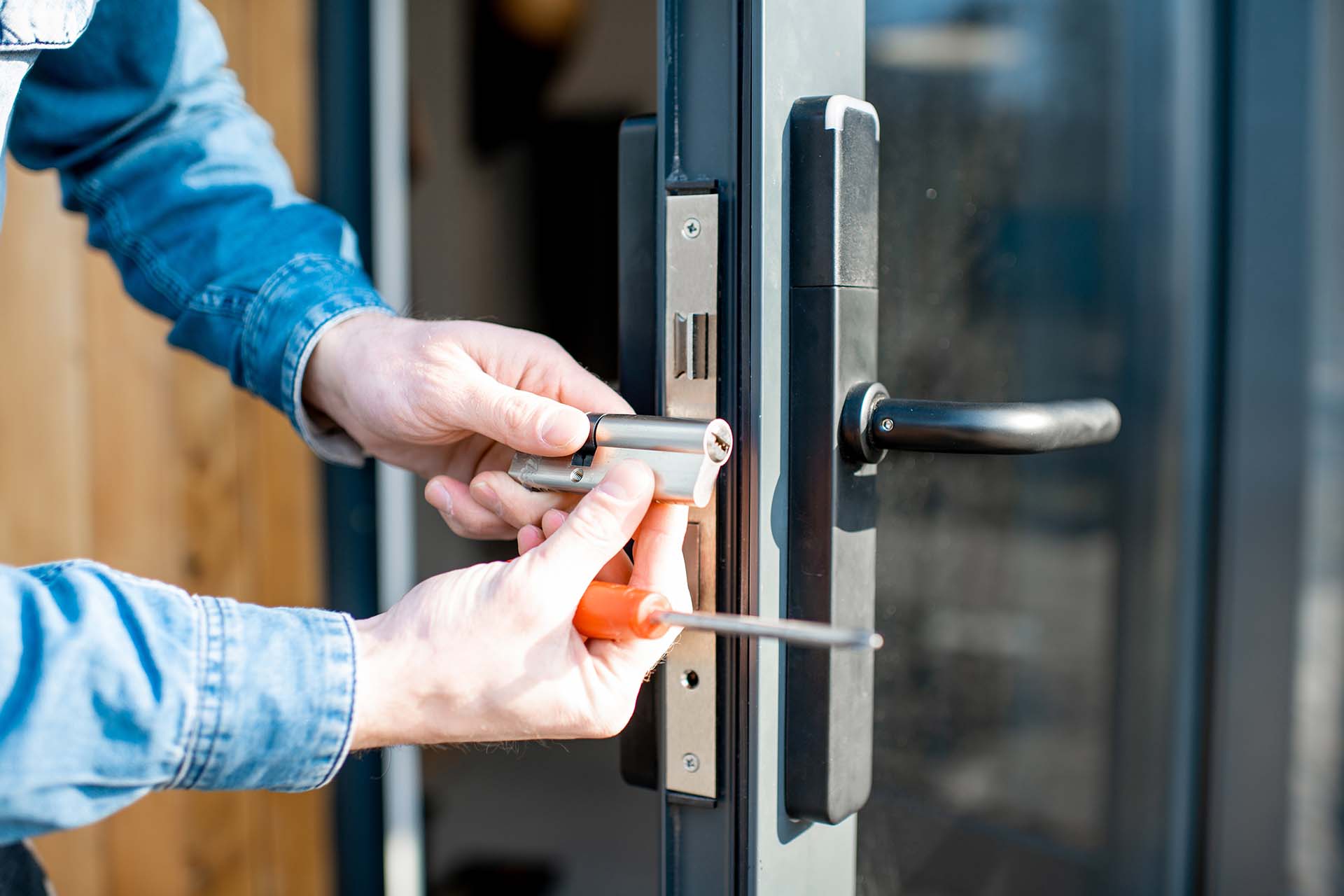
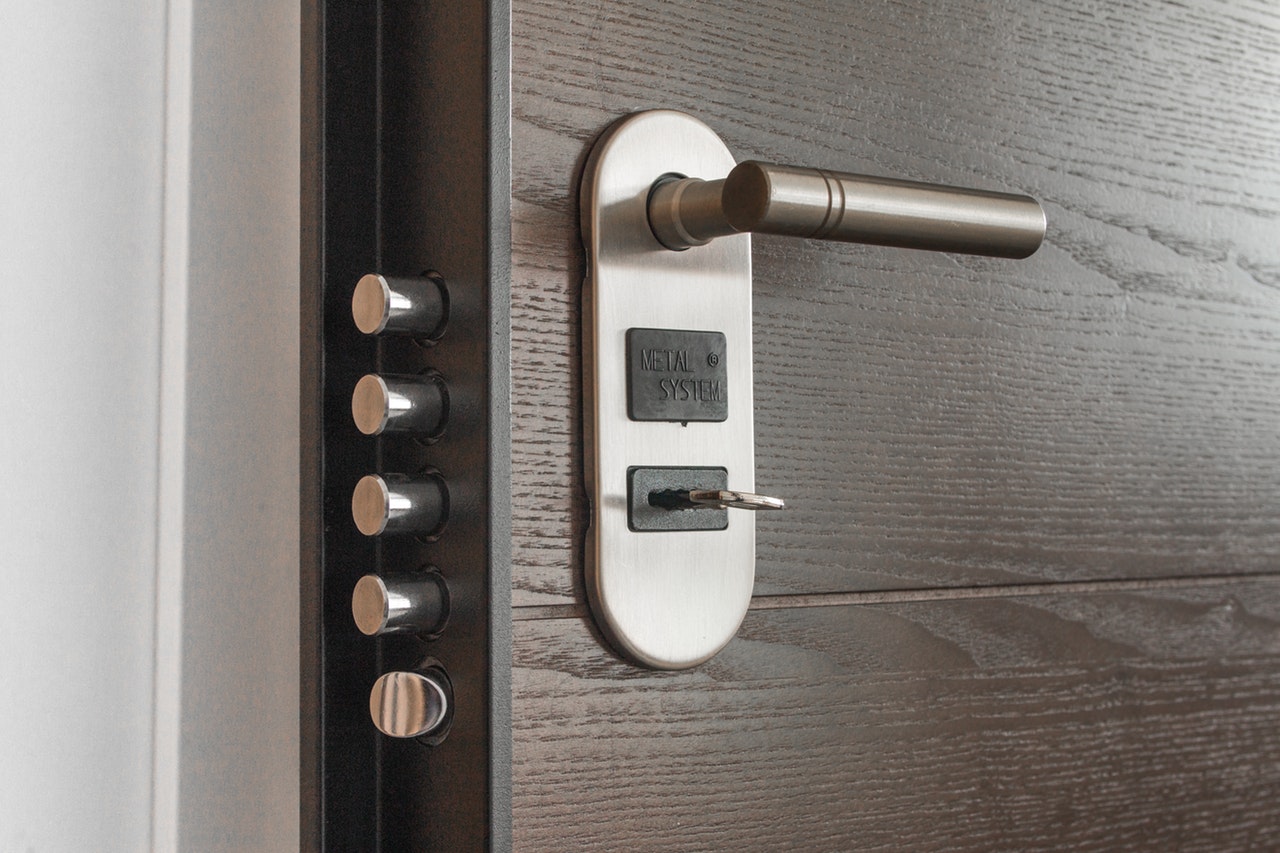
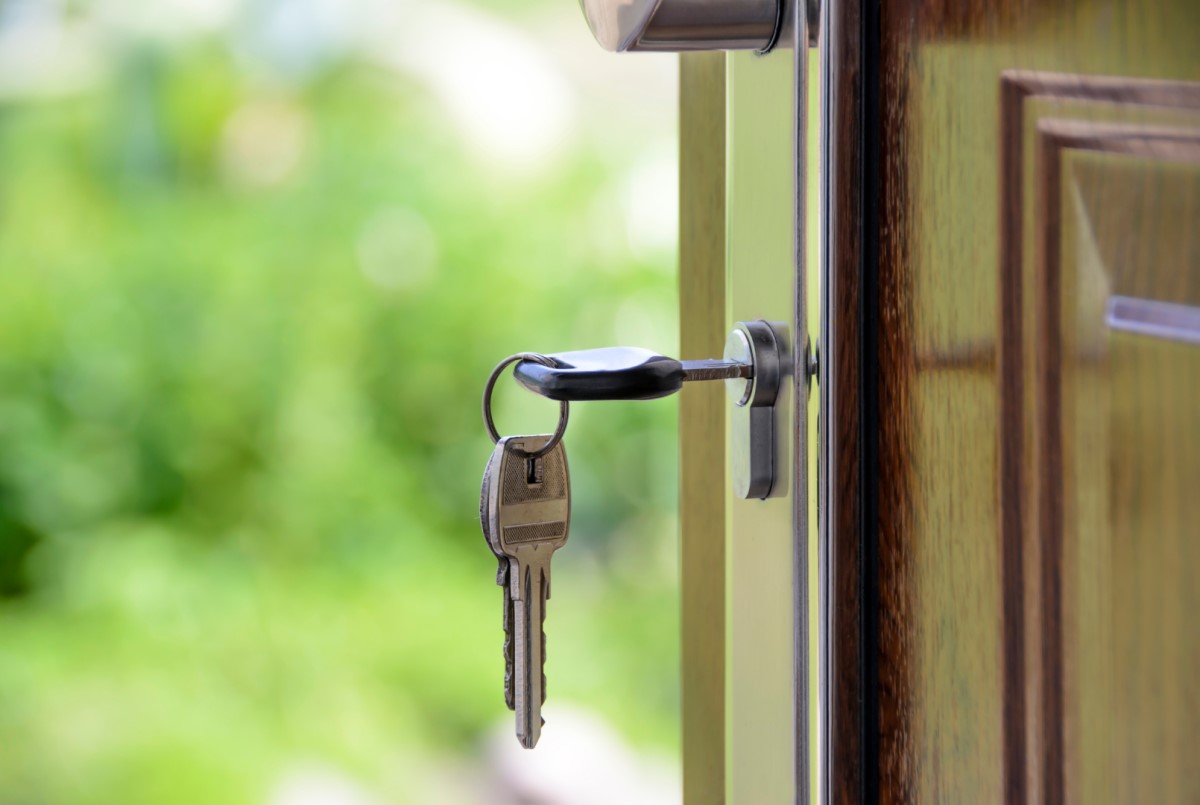
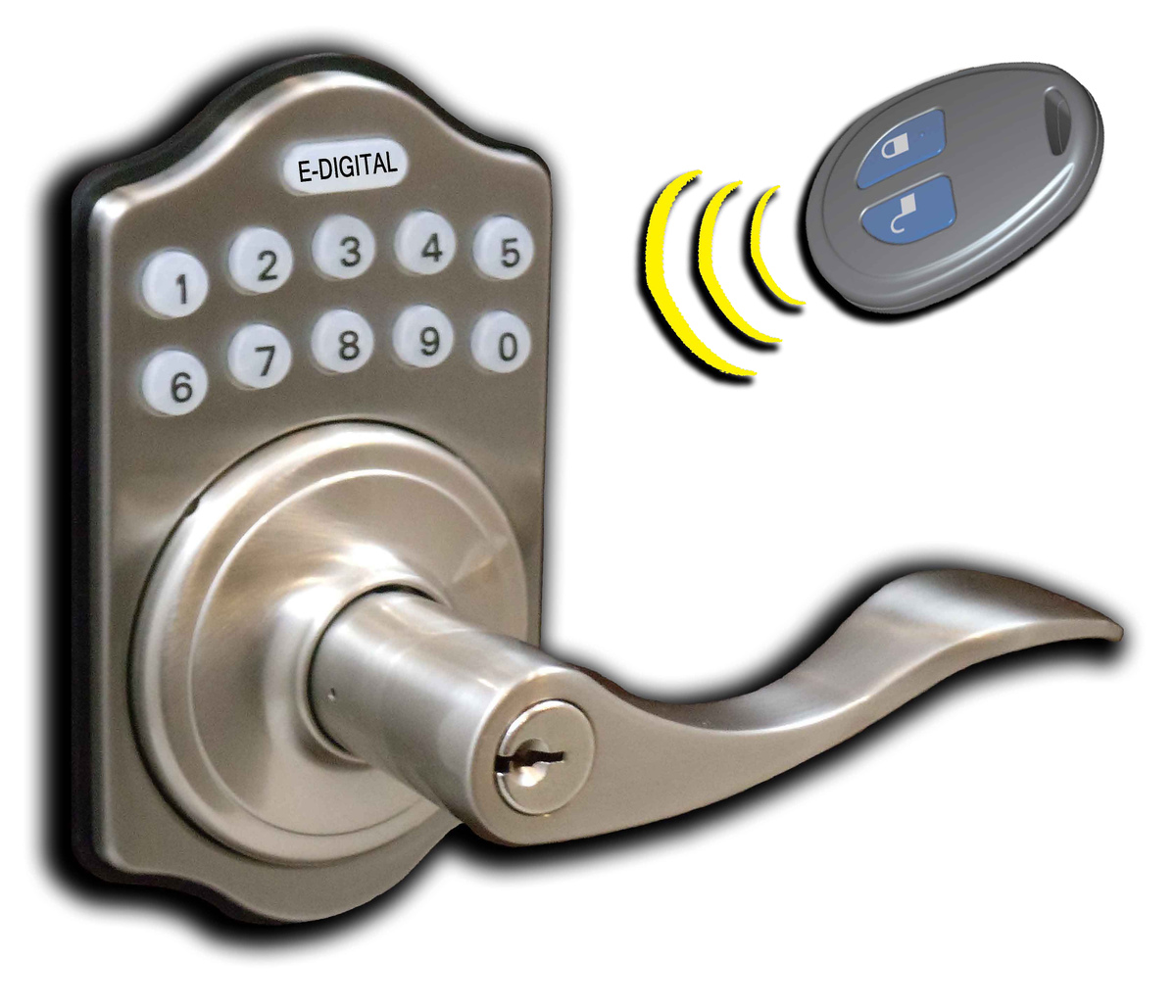

0 thoughts on “How To Get A Key For A Door Lock”